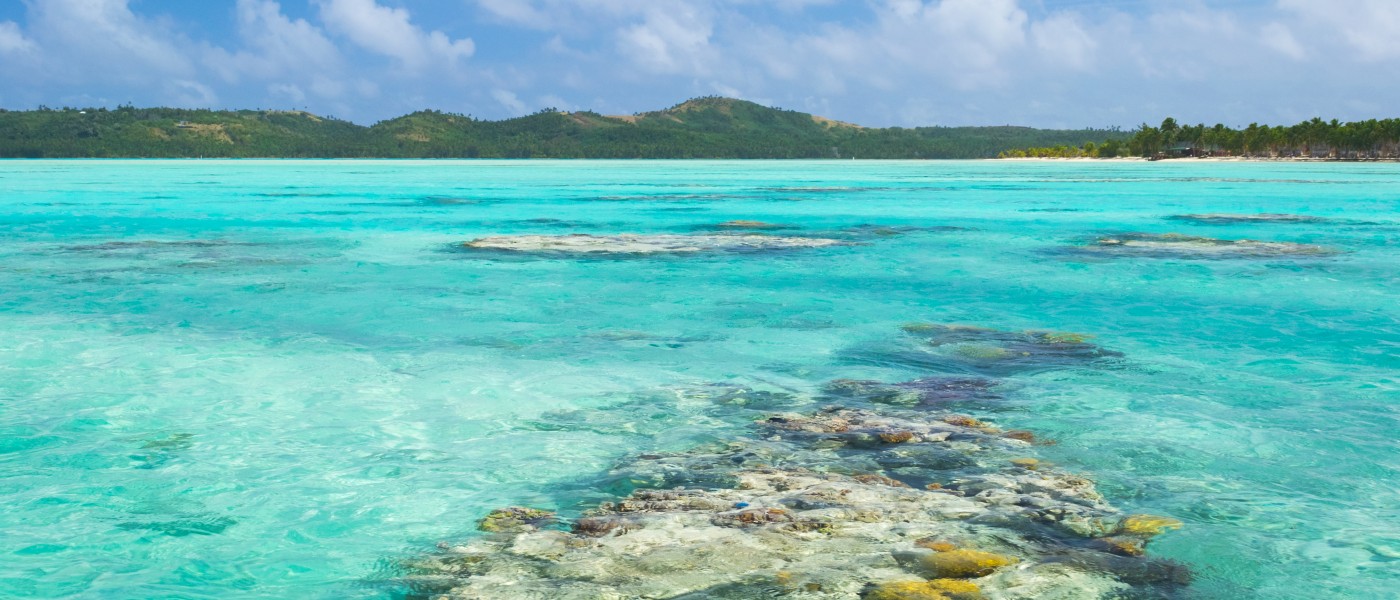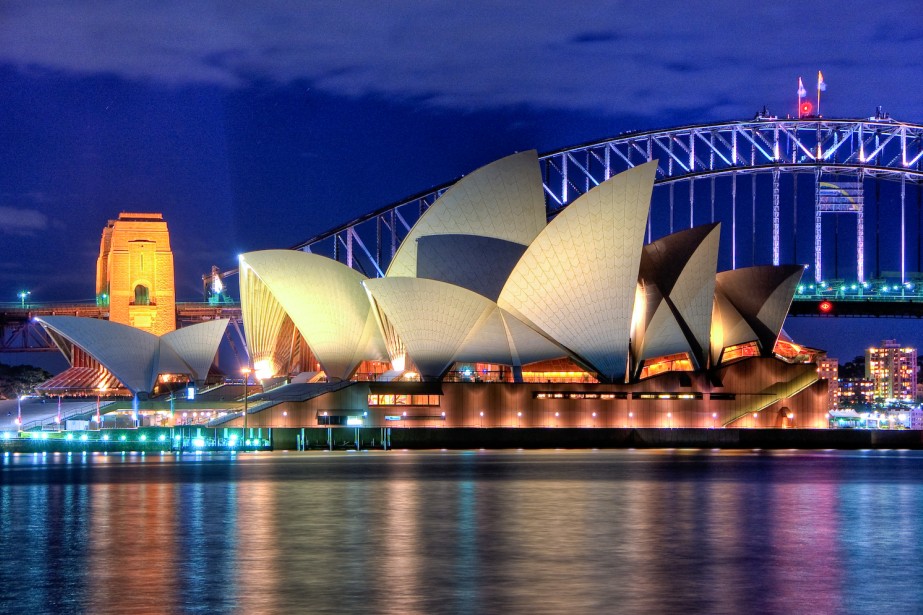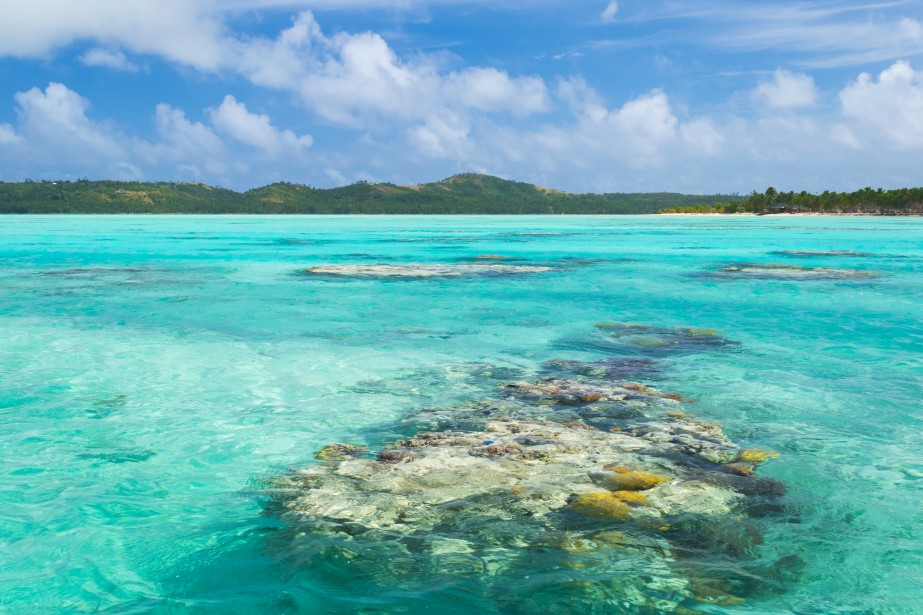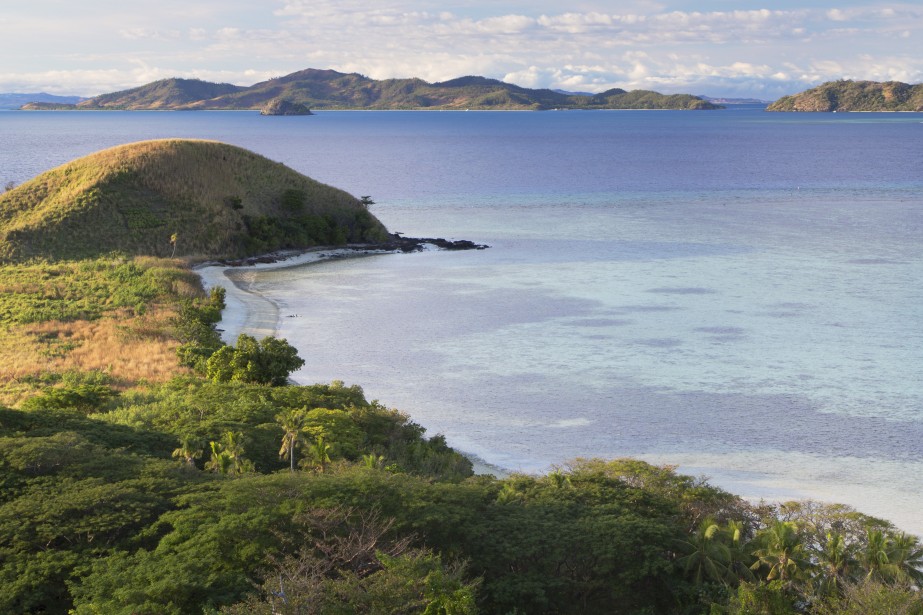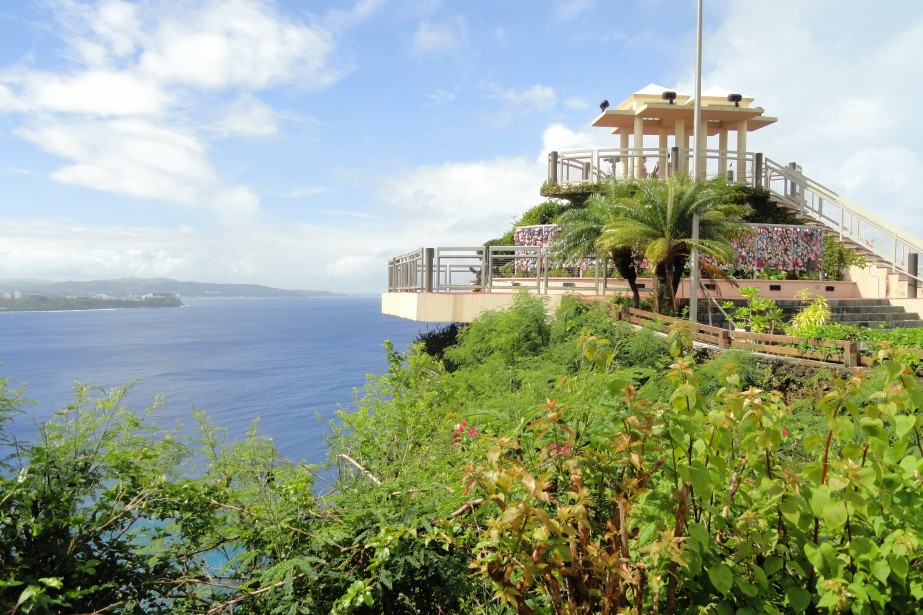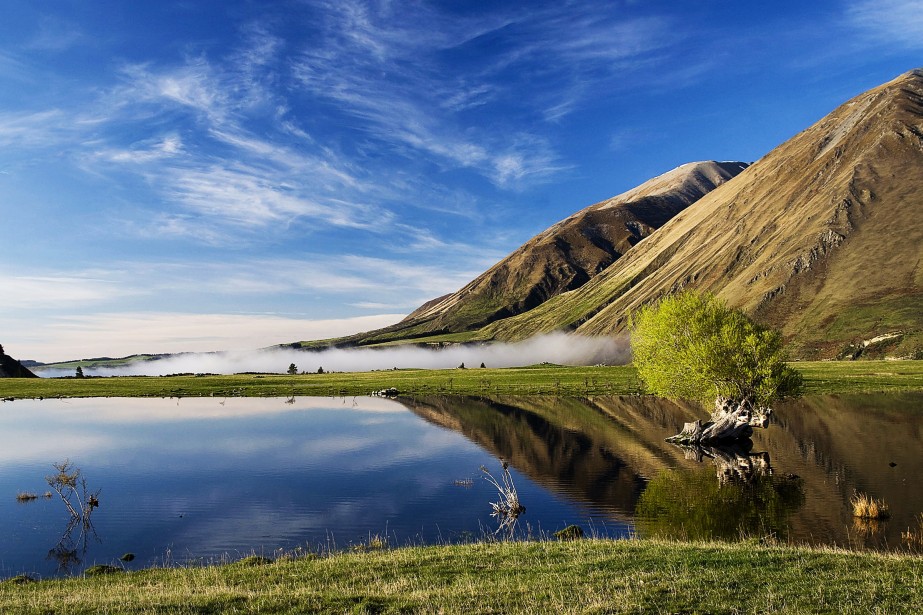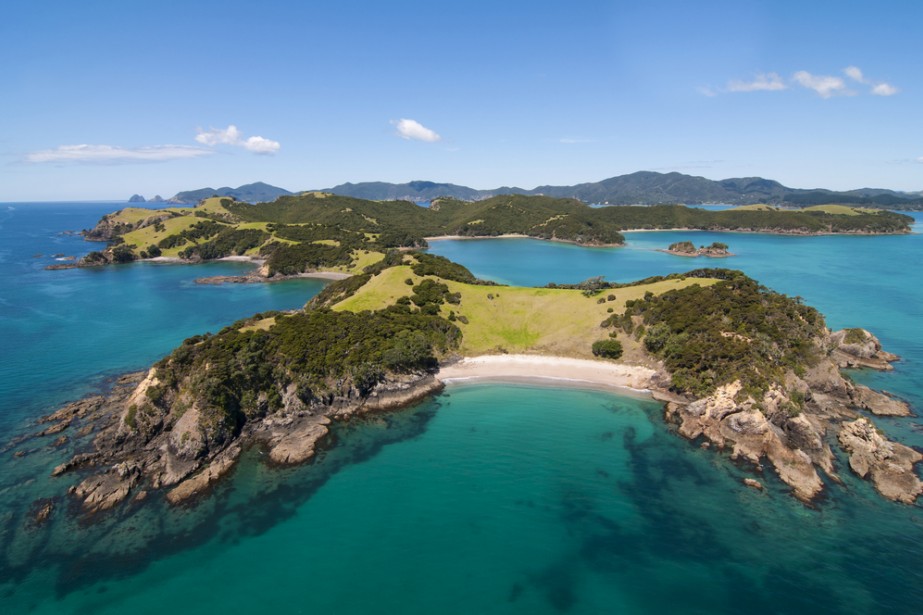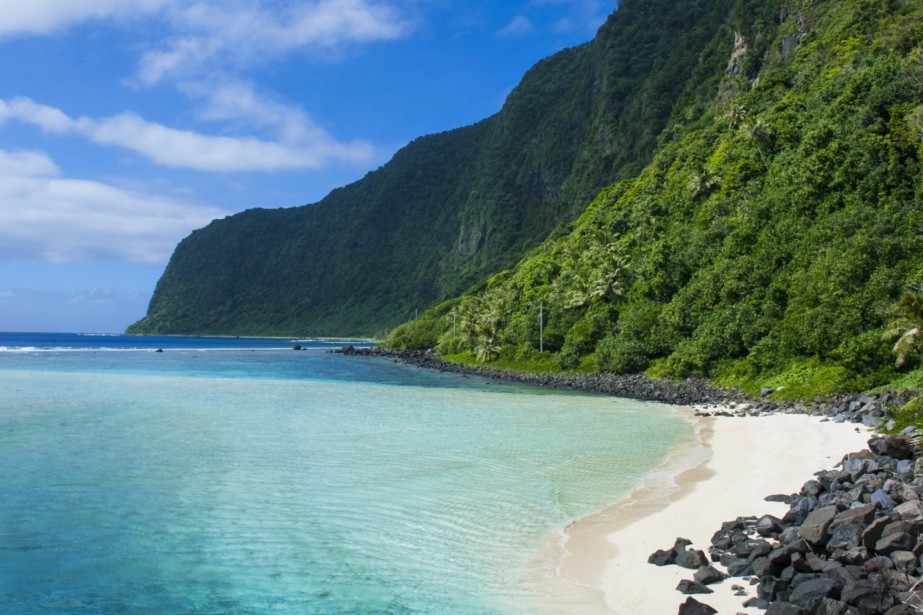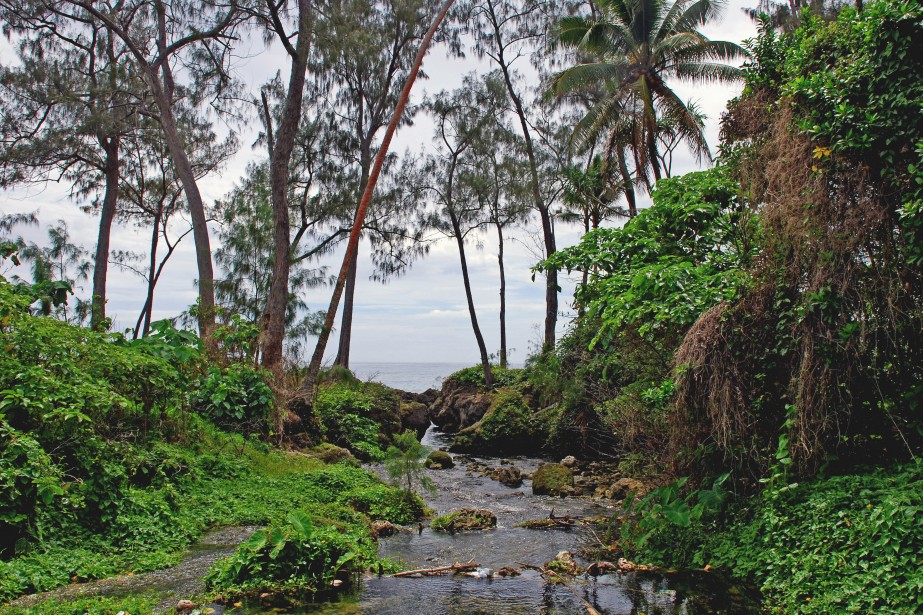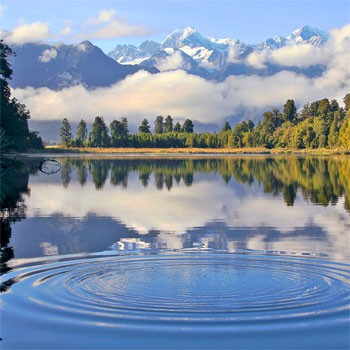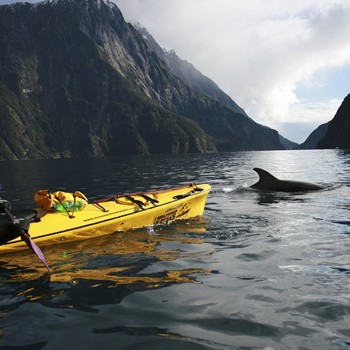Submitted by Pip Strickland on August 30, 2016
Overview
The Cook Islands comprise 15 islands, scattered across the South Pacific between French Polynesia and Samoa. The main island of Rarotonga is home to a rugged, jungle-clad interior, while the vast lagoon of Aitutaki, with its luxury overwater bungalows, is a honeymooner’s dream. Below water, the coral reefs of the Cook Islands are teeming with marine life, while palm-fringed beaches and uninhabited islets known as motu create an idyllic paradise above.
But the Cook Islands are not just naturally breathtaking, but also display a rich Polynesian culture, renowned for its warm, welcoming hospitality. The friendly villages are home to vibrant markets where tropical fruits are piled high, while the sweet strains of Maori hymns can be heard ringing out from churches. The locals also know how to put on an incredible cultural show and are always keen to share their long-established traditions and ancestral legends.
When to travel - weather
The Cook Islands experience a tropical climate, with warm-hot temperatures, high humidity and plenty of rain. The islands are marked by a cooler and relatively dry spell over the winter months of June through to August, with distinctively warmer temperatures and higher rainfall from December through to April during the cyclone season. While cyclones are not unheard of, this season usually sees heavy downpours, followed by sunshine. Having said this, the weather can be highly variable from day to day and across the archipelago. Rarotonga tends to experience the heaviest rainfall, with clouds clinging to the mountain peaks even during the dry season, while conditions are drier in the north.
June through to August and December/January tend to be the peak tourist months when European, North American, Australian and New Zealand visitors are on their annual holidays. But the shoulder months of April, May, September and October offer the best chance of both sunshine and warmth.
Food and drink
Traditional Cook Islands cuisine draws on the local tropical fruits and vegetables native to the archipelago, together with fresh fish and seafood from the surrounding waters. Arrowroot, taro and coconut form the basis of many dishes, together with seasonings such as fresh ginger, basil, garlic and lime. Umukai is the Cook Islands version of an underground oven feast and many hotels and resorts organize these for the guests, accompanied by local entertainment.
Don’t miss the opportunity to try curried eke, a local specialty made from octopus, or ika mata - raw fish marinated in lemon or lime and coconut cream. Keke ika is a popular raw fish salad, while pai ika are somewhat similar to fish fingers. Another seafood delicacy is matu rori - sea cucumber served with lemon and cooked green banana. Both pig and chicken are also reared on the islands, but more commonly served on special occasions. Rukau is a popular accompaniment, featuring taro leaves cooked in coconut cream. Then wash it all down with tumunu, a popular alcoholic drink made by brewing fermented oranges.
For dessert there’s poke, made with fresh fruit (normally banana or pawpaw) and coconut milk, while mangos and soursop are among the many tropical fruits grown on the islands. If you want to catch a glimpse of the seasonal fruits and vegetables grown on the islands, head to one of the many growers markets held through the archipelago.
Popular vacation spots
Aitutaki Lagoon - Located to the north of Rarotonga, Aitutaki is the center of the Cook Islands’ tourism industry, most notable for its postcard-perfect lagoon which is dotted with motu, or islets. Many of the country’s most exclusive overwater bungalow resorts are located here and its a firm favorite destination for honeymooners. You can jump onboard a cruise to spend the day snorkeling, swimming and island-hopping throughout the Aitutaki Lagoon or opt to slowly paddle under your own steam with a kayak.
Tapuaetai (One Foot Island) - The most visited of Aitutaki’s islands is Tapuaetai, or One Foot Island, which satisfies even your wildest paradisiacal dreams. This uninhabited motu is located on the southeastern perimeter of the lagoon and fringed by white sandy beaches and swaying coconut palms. You can spend a day swimming and snorkeling in its warm, turquoise waters and take in the sweeping views across the lagoon. There are only two buildings on the island, one of which is a post office, so don’t forget to bring your passport to have it stamped!
Muri Beach - Located on the southeast coast of Rarotonga, Muri Beach is one of the most beautiful beaches on the island. The shallow, crystal clear waters of the Muri Lagoon stretch out as far as the eye can see, and the coral reef which lies below is teeming with tropical fish. Four islets frame the edge of the lagoon, including idyllic Ta’akoka. There’s plenty of hotels and restaurants to choose from along Muri Beach, so you can wake in this natural playground every day.
Cross Island Walk - A great way to explore the lush interior of Rarotonga is along the Cross Island Walk, which heads up from the north coast to the rocky outcrop of Te Rua Manga (the Needle), and down towards the south coast. The four-hour trail winds through dense jungle before arriving at the ancient ceremonial stone of the Needle, then finishes at beautiful Wigmore’s Falls where you can take a dip. There are magnificent views across the island towards the coast, but the climb to the top of the Needle is only for experienced rock climbers.
Avarua - The capital of the Cook Islands is the laid-back town of Avarua, located on the north coast of Rarotonga. While most visitors only glimpse the airport en route to beach resorts, it’s a friendly place to wander and soak up local life. The Cook Islands Library and Museum Society is a good stop for those interested in the cultural history of the islands, while the lively Punanaga Nui Outdoor Market shouldn’t be missed. If you are visiting on a Sunday, make sure to pass by the Cook Islands Christian Church (built in the 19th century using coral) and listen to the songs of praise being sung in a way only Polynesians known how.
Te Vara Nui Village - Located at Muri Beach, the cultural village of Te Vara Nui is a great way to experience the vibrant traditions of the Cook Islands. Learn about ancient medicines, navigational techniques and handicraft production, feast on traditional Cook Islander cuisine, and be entertained by their energetic night show, featuring local dance, music and legends. The Te Vara Nui Village boasts a breathtaking setting within a waterfall garden where the ‘The Legend of Tongaiti’ is charismatically narrated.
Aroa Marine Reserve - For some of the best snorkeling in the Cook Islands, head to the Aroa Marine Reserve which lies just off Aroa Beach on Rarotonga’s west coast. The shallow lagoon waters are crystal clear, with no motorized boats allowed, making it particularly safe for snorkelers of all ages. Spot colorful parrot fish, angelfish and the elegant Moorish idol amidst the healthy coral reefs, then head out after dark on a guided night snorkeling tour to discover the unusual nocturnal critters which emerge.
Practical information
Language
The official languages of the Cook Islands are English and Cook Islands Maori, also referred to as Rarotongan after the capital island. Penrhynese is also spoken throughout the northern islands, while Rakahanga-Manihiki is spoken across the islands of the same name. In the remote north, the island group of Pukapuka also has its own distinct language which is more closely related to Samoan.
Visitors will always be greeted with the welcoming phrase “kia orana” which translates as “may you live long”.
Money
The official currency of the Cook Islands is the New Zealand Dollar (NZD), although the country does issue its own banknotes and coins, including a $3 banknote and triangular-shaped $2 coins. These can only be used within the Cook Islands, with exchange facilities at the major banks.
American Express, Diners Club, MasterCard and Visa are all accepted at hotels and resorts, with travelers checks in NZD the most widely accepted.
Health and Safety
The Cook Islands are relatively free of disease, with mosquito-borne dengue fever the main concern and occasional outbreaks occur during the wet season. Hepatitis A and B, together with tuberculosis vaccinations, are always recommended, as well as comprehensive travel insurance to cover medical expenses. There is a government hospital on Rarotonga, together with a smaller one on Aitutaki and some private medical practices throughout the islands. But more serious conditions may require evacuation to New Zealand.
The Cook Islands are very safe and crime levels incredibly low, but always keep your valuables secure on your body or stored in the hotel safe just in case.

